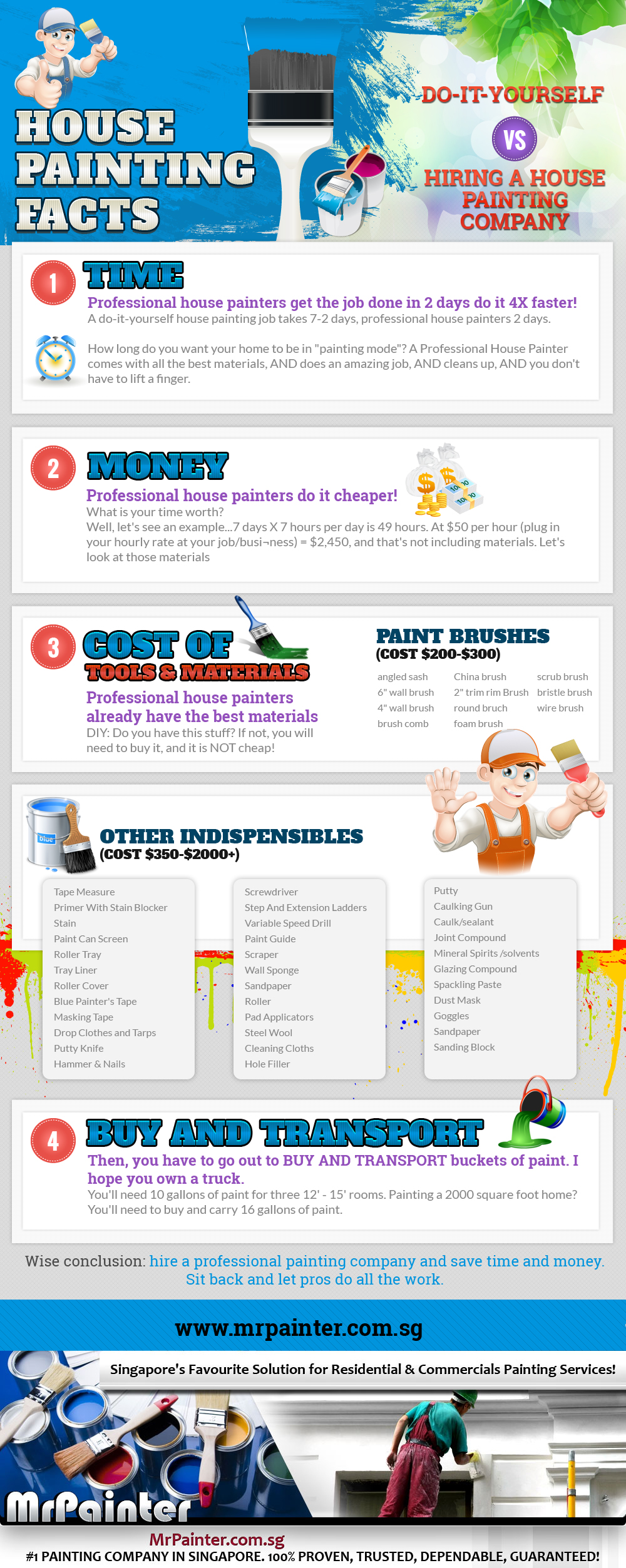Examine The Function Of Seasonal Consider The Success Of Commercial Exterior Painting And Uncover The Best Times To Protect Long-Term Results For Your Task
Examine The Function Of Seasonal Consider The Success Of Commercial Exterior Painting And Uncover The Best Times To Protect Long-Term Results For Your Task
Blog Article
Composed By-Leach Skafte
When you're planning an industrial exterior paint task, seasonal factors can make or damage your results. You'll want to think about exactly how temperature level and humidity impact paint application and drying out times. Picking the best period can ensure your paint sticks correctly and lasts longer. Yet which seasons are really the most effective for this type of work? Let's explore the key elements that can affect your job's success.
The Influence of Temperature on Paint Application
When you're intending an industrial exterior painting project, the temperature can dramatically impact exactly how well the paint adheres and dries.
Ideally, you want to paint when temperature levels vary between 50 ° F and 85 ° F. If it's too chilly, the paint might not heal properly, resulting in concerns like peeling off or breaking.
On the other side, if it's too warm, the paint can dry also promptly, preventing correct attachment and causing an irregular finish.
You must likewise consider the moment of day; morning or late afternoon supplies cooler temperatures, which can be more favorable.
Always inspect the maker's suggestions for the particular paint you're using, as they usually provide advice on the ideal temperature level range for optimum results.
Moisture and Its Impact on Drying Times
Temperature isn't the only ecological aspect that influences your business outside painting job; moisture plays a significant role too. High moisture levels can reduce drying out times dramatically, influencing the general quality of your paint job.
When the air is filled with wetness, the paint takes longer to cure, which can result in concerns like inadequate adhesion and a higher risk of mildew growth. If you're repainting on a particularly damp day, be gotten ready for extensive wait times in between coats.
It's essential to monitor local weather and strategy accordingly. Preferably, go for click the up coming web page between 40% and 70% for ideal drying.
Keeping these factors in mind ensures your task remains on track and supplies a long lasting finish.
Best Seasons for Commercial Outside Paint Projects
What's the best season for your business exterior painting tasks?
Spring and very early fall are typically your best options. Throughout these periods, temperatures are light, and moisture levels are usually reduced, creating perfect conditions for paint application and drying out.
Avoid summer's intense heat, which can trigger paint to dry as well rapidly, resulting in poor adhesion and finish. Likewise, winter's chilly temperature levels can impede correct drying and healing, risking the longevity of your paint work.
Aim for days with temperatures in between 50 ° F and 85 ° F for optimal results. Remember to inspect the regional weather report for rainfall, as wet conditions can ruin your job.
Planning around these aspects guarantees your paint project runs smoothly and lasts much longer.
Conclusion
To conclude, intending your industrial exterior paint jobs around seasonal considerations can make a considerable difference in the outcome. By scheduling job throughout the suitable temperature levels and humidity levels, you'll ensure far better attachment and drying out times. Remember to keep an eye on regional weather report and select the right time of year-- spring and very early autumn are your best choices. Taking interior painting company will certainly help you accomplish a sturdy and specialist coating that lasts.
